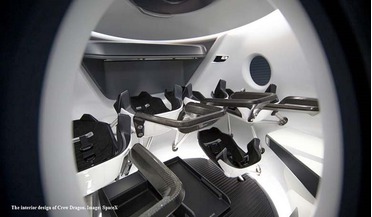 14 September 2015
Back to the future: SpaceX presents Crew Dragon interior
14 September 2015
Back to the future: SpaceX presents Crew Dragon interior
... And its interior design is delightfully sci fi-like. Space-related design is associated with futuristic sleekness, and Crew Dragon, its interior design newly unveiled to the public, is no exception. The colour palette, meanwhile, is pleasantly black...
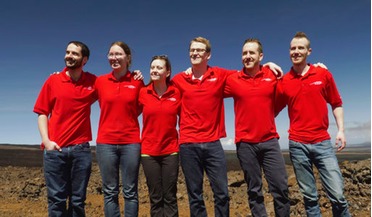 18 September 2017
'Mars crew' emerge from isolation after 8 months study on Hawaii
18 September 2017
'Mars crew' emerge from isolation after 8 months study on Hawaii
...to arise," said the project's lead investigator, University of Hawaii professor Kim Binsted. "So what's really important is to have a crew that, both as individuals and a group, is really resilient, is able to look at that conflict and come back from...
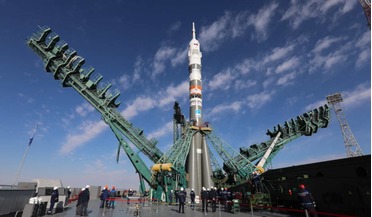 04 October 2021
Russian film crew to head to the ISS, 5 October
04 October 2021
Russian film crew to head to the ISS, 5 October
... 21 years that the Soyuz includes a solely Russian crew and will also mark the expansion of commercial space ... News Service media website, that Sergei Krikalev, director of crewed programs at Roscosmos, lost his position by speaking out against...
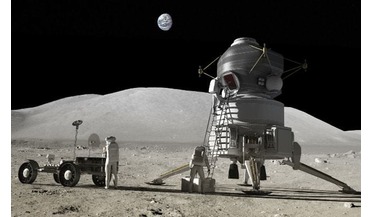 20 December 2021
China envisions crewed moon missions by 2030
20 December 2021
China envisions crewed moon missions by 2030
...be “entirely possible” by 2030, as long as technological research for crewed moon landings continues, and “as long as the country is determined”,...said back in February is for any "crewed lunar landing or crewed Mars landing missions" the country may ...
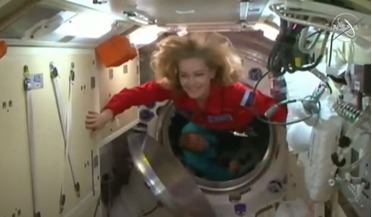 06 October 2021
Russian crew arrives at ISS to film first movie in orbit
06 October 2021
Russian crew arrives at ISS to film first movie in orbit
...12-day mission to make the first movie in orbit. The Russian crew is set to beat a Hollywood project that was announced last year...," Russian cosmonaut Oleg Novitsky tweeted from the ISS. The crew travelled in a Soyuz MS-19 spaceship to film scenes for...
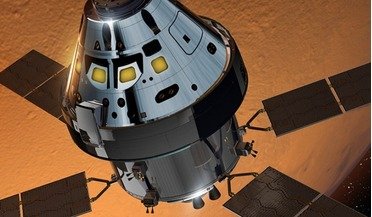 January 2017
Blueprint for NASA’s journey to Mars
January 2017
Blueprint for NASA’s journey to Mars
... Flyer/Walkers to the surface, perhaps to multiple sites. While in the Spider Walker configuration, which provides the crew the ability to conduct scientific operations with minimal geologic disturbance in the milli-gravity of these ‘alien’ worlds...